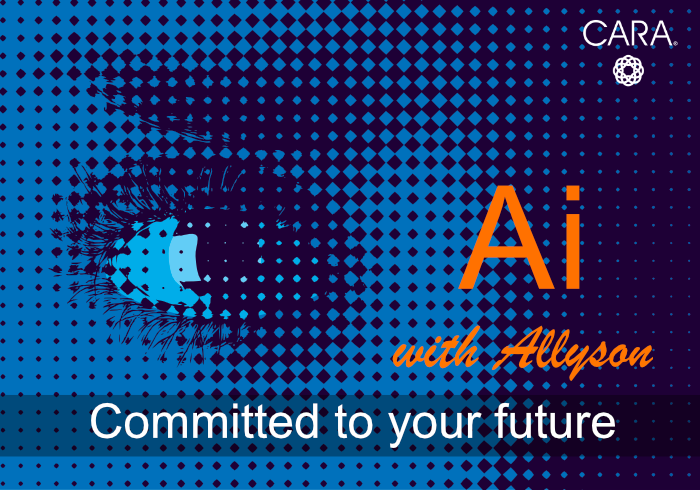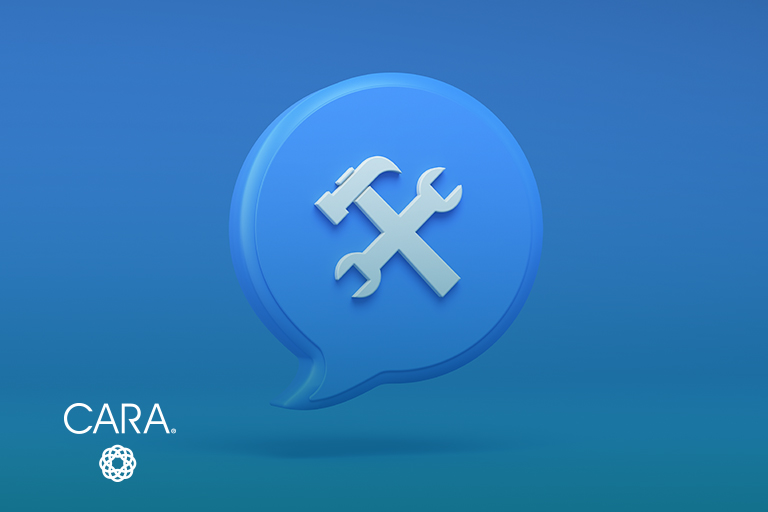
A wave of AI innovation is reshaping the workforce’s skill needs faster than ever. AI in learning and development has robotics and systems automate routine work, and human skills become…

A wave of AI innovation is reshaping the workforce’s skill needs faster than ever. AI in learning and development has robotics and systems automate routine work, and human skills become…

As you think about making major changes within your organization there are two key questions you should be asking yourself: Will this change accelerate the pace to get us to…

In the ever-evolving landscape of instructional design, harnessing the potential of AI tools can be a game-changer because of the support these tools offer a designer in each phase of…

Most organizations today are undergoing digital transformation to include system implementations to enable their business and workforce performance. Successful implementations require a focused and coordinated effort to ensure ROI. Having…

As we set out on our yearly goal of envisioning what organizational change management (OCM) will look like in the coming year, we reviewed two vital questions to assess OCM’s…

Welcome to my second blog about my AI Journey. I prompted ChatGPT to help me with a definition for Artificial Intelligence: “AI is the technology that makes computers smart and…

In my first blog, “Consulting Skills For The Workforce of the Future,” I shared what it takes to become an exceptional consultant — the ability to perform and deliver results…

Recently, we set out on our annual task of painting the vision of organizational change management (OCM) for 2023. For those who have read our previous posts, you know that…

I was at a lunch recently where the two tables around us were talking about AI and ChatGPT. I wasn’t eavesdropping, it just seems that I keep hearing people talk…

It is that time of the year when we look at what is changing in Organization Change Management (OCM), and how those changes add value to the success of your…